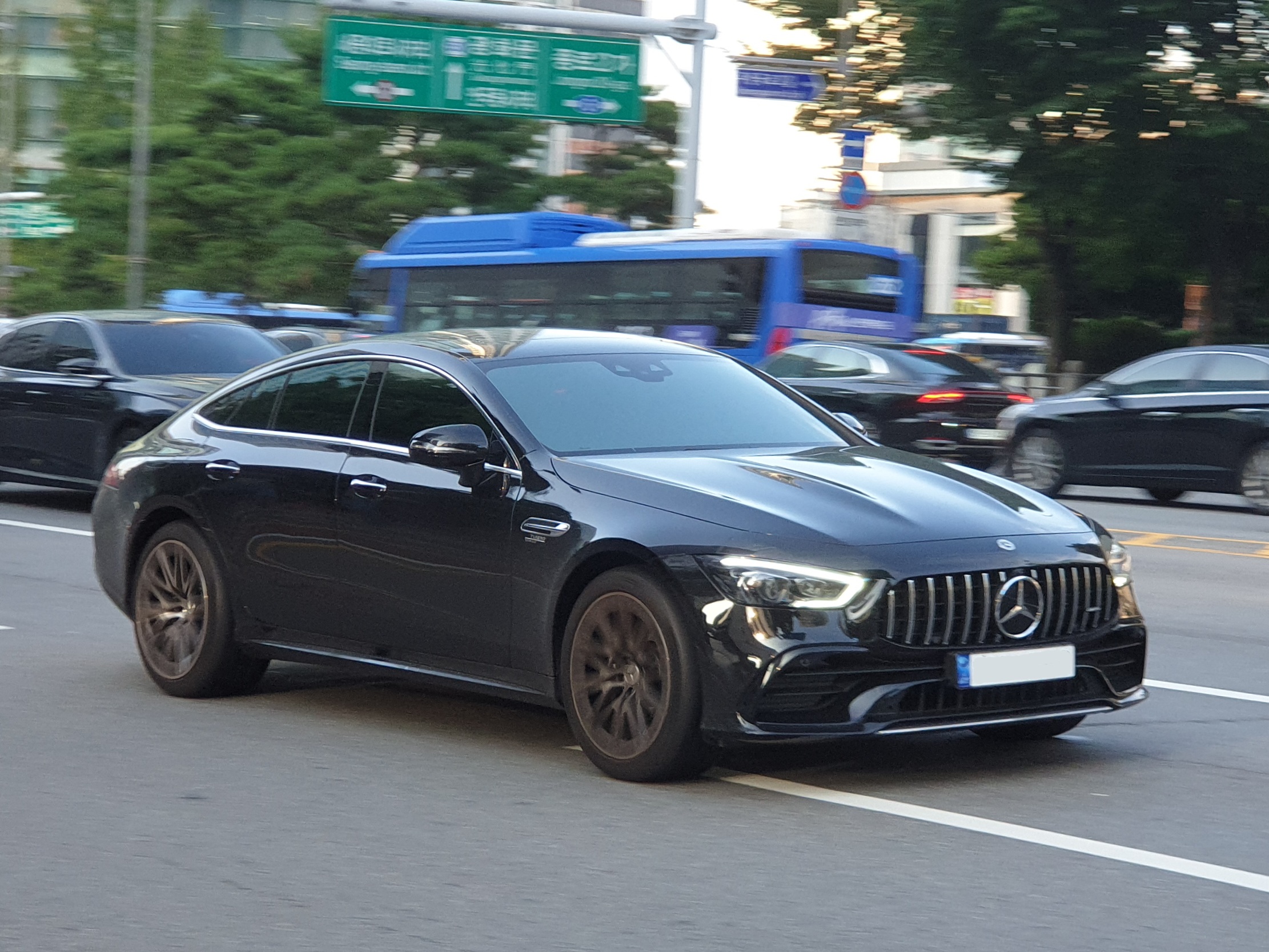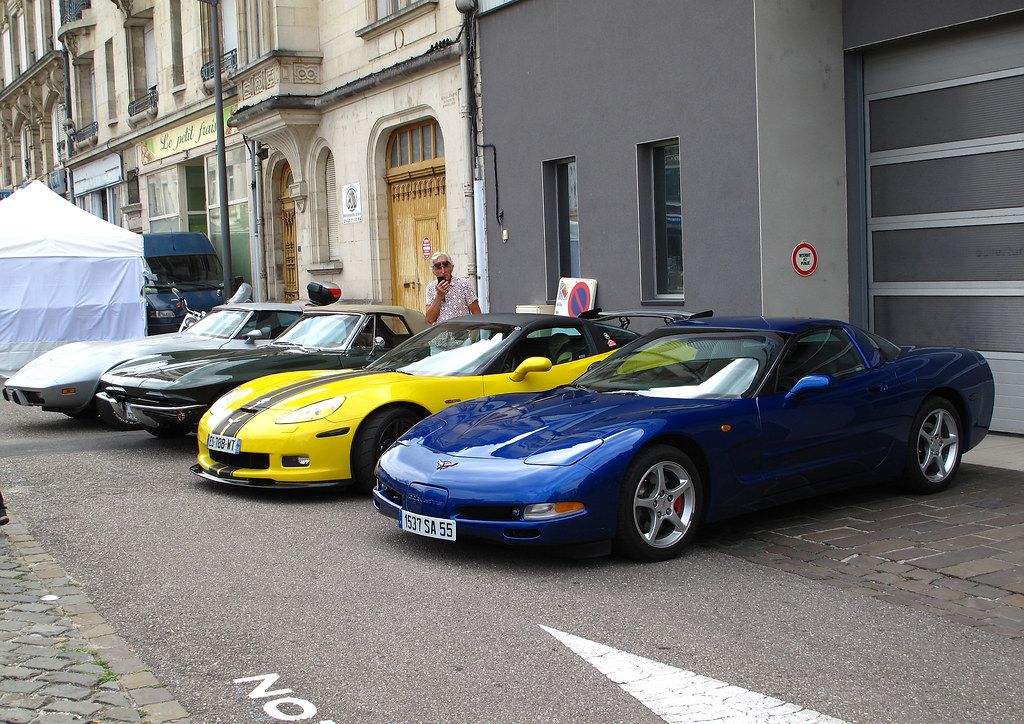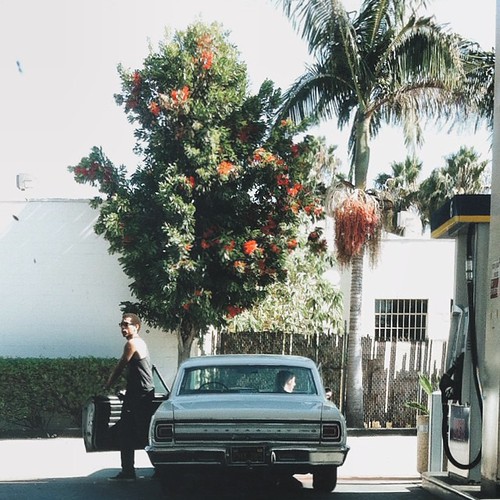
We’ve all been there. You walk across a scorching hot parking lot on a summer afternoon, you see the heat shimmering off the asphalt, and you brace yourself. You open your car door and it hits you: a wall of superheated air that feels like a blast furnace. The steering wheel is too hot to touch, the leather seats threaten to sear your skin, and the metal seatbelt buckle feels like a branding iron. This intense heat is more than just a temporary discomfort; it’s a relentless assault on your vehicle.
Over time, the sun’s powerful UV rays and the extreme temperatures they create can cause irreversible damage. This leads to a dull, faded, and aged appearance in your interior materials, as UV radiation acts like a relentless bleach, breaking down the chemical bonds in dyes and pigments. The intense heat cycle—baking during the day and cooling at night—causes the plastic and vinyl on your dashboard and door panels to expand and contract, eventually leading to brittle materials and ugly cracks. Moreover, sensitive electronics can malfunction or permanently fail in oven-like conditions, and a neglected, sun-damaged interior can slash hundreds, if not thousands, of dollars from your car’s resale or trade-in value.
But you don’t have to surrender to the relentless California sun. This guide will provide you with a comprehensive strategy to protect your car’s interior from summer heat. We will explore thirteen crucial tips, ranging from simple, free habits to essential products, designed to keep your car cool, prevent costly sun damage, and preserve your vehicle’s value for years to come. Let’s start with the front line of defense, blocking the sun before it even gets inside.
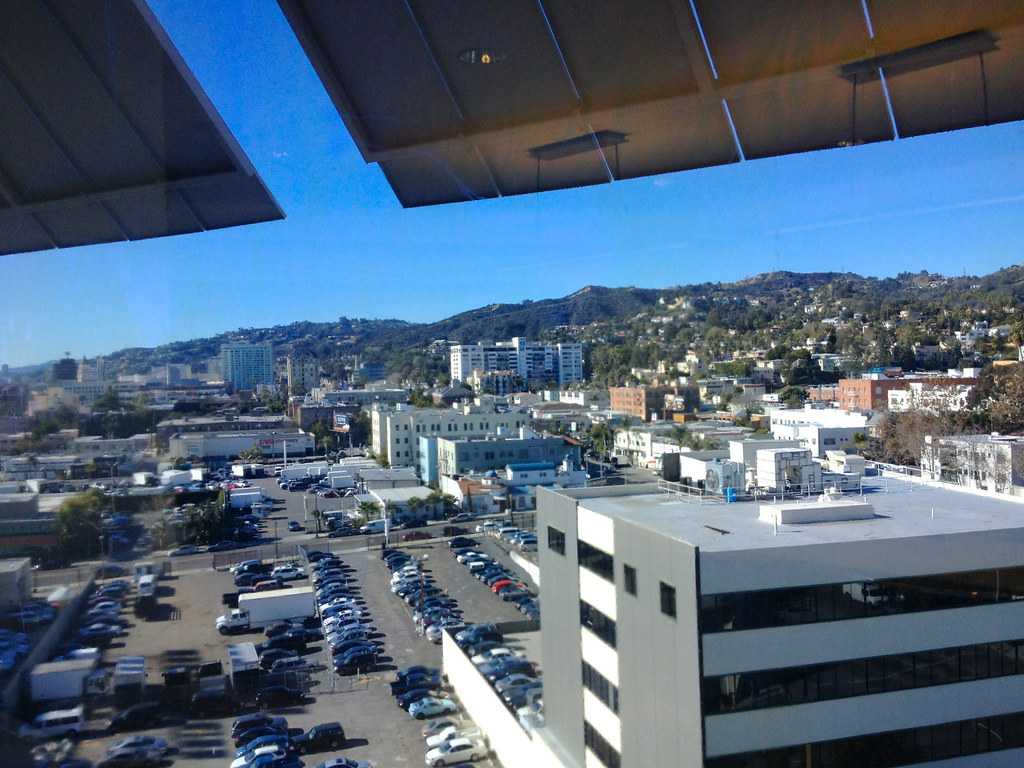
1. **Invest in a Quality Windshield Sun Shade**Your car’s windshield acts like a giant magnifying glass, aiming directly at your dashboard and serving as the single largest source of solar heat gain in your vehicle. Therefore, investing in a quality sun shade is a non-negotiable step for effective summer car care. These essential tools work by reflecting sunlight, effectively blocking both heat and UV rays, which significantly lowers the interior temperature and prevents cracking and fading.
There are several types of sun shades available, each offering distinct advantages. Custom-fit shades are meticulously designed for your specific make and model, ensuring edge-to-edge coverage with no gaps for sunlight to penetrate. These are often more rigid and feature a higher-quality reflective surface for maximum efficiency.
The most common types are accordion or foldable shades, which are universally available and easy to store. When selecting one, opt for a model with a highly reflective outer surface to ensure maximum sunlight deflection. Roll-up shades offer a classic, simple design that is effective, though they might be slightly more cumbersome to store than their foldable counterparts. Regardless of the style, always position the reflective side of the shade outwards; this crucial step bounces the sun’s thermal energy away from your car, rather than allowing it to be absorbed.
Read more about: Unlock a Smoother Ride: The Ultimate Guide to Essential Car Accessories Under $50 That Revolutionize Your Drive
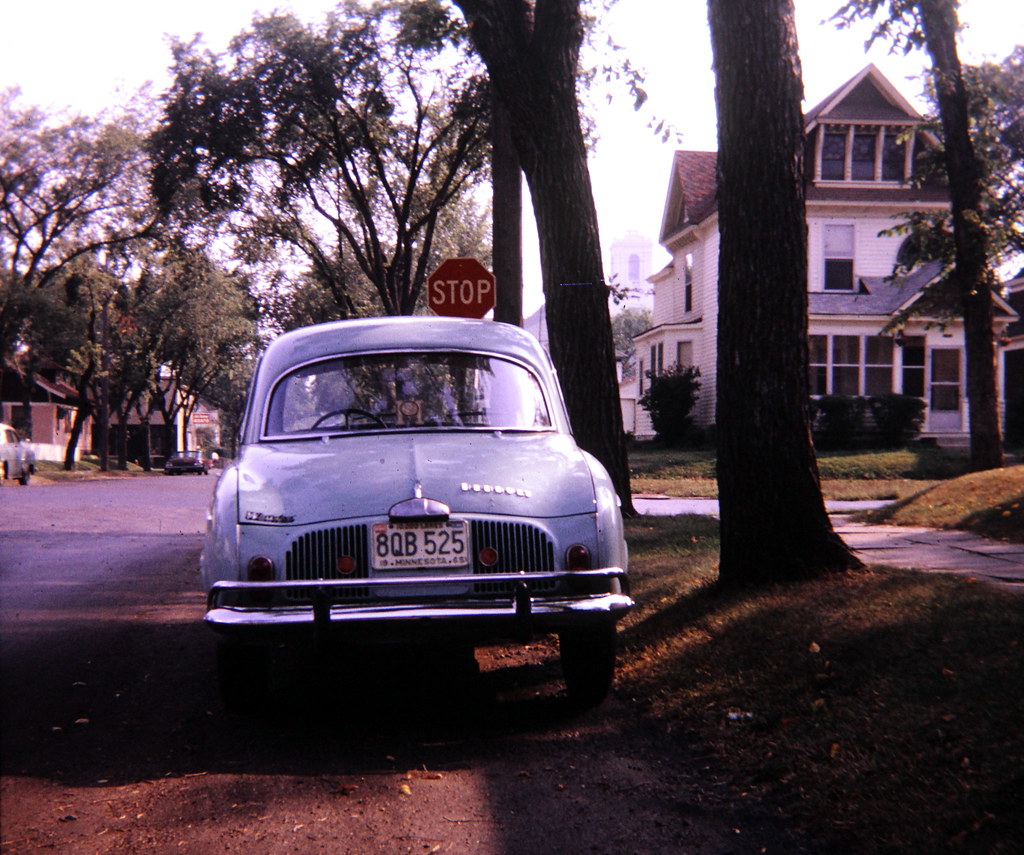
2. **Invest in a Quality Car Heat Blocker**While a standard sun shade provides excellent protection, a dedicated car heat blocker takes sun defense a step further by dramatically reducing heat buildup inside the cabin. These advanced blockers are engineered with multiple layers of reflective and insulating materials. Their primary design function is to reflect infrared radiation, which is the specific part of the light spectrum responsible for producing significant heat.
By strategically placing a car heat blocker behind both the windshield and the rear window, you can achieve a substantial reduction in cabin temperatures, often by up to 20 degrees Fahrenheit on particularly hot days. This superior heat rejection capability is especially beneficial for families transporting children or pets, ensuring a more comfortable and safer environment during summer travels.
Beyond direct comfort, a quality car heat blocker also plays a vital role in the efficiency of your vehicle’s air conditioning system. By pre-emptively reducing the interior temperature, it lessens the workload on your AC, meaning the system requires less time and energy to cool the cabin. This not only translates into fuel savings but also reduces wear and tear on your car’s critical cooling components, extending their lifespan and overall vehicle performance.
Read more about: 15 Car Wash Practices and Pitfalls That Secretly Damage Your Vehicle’s Paint Finish
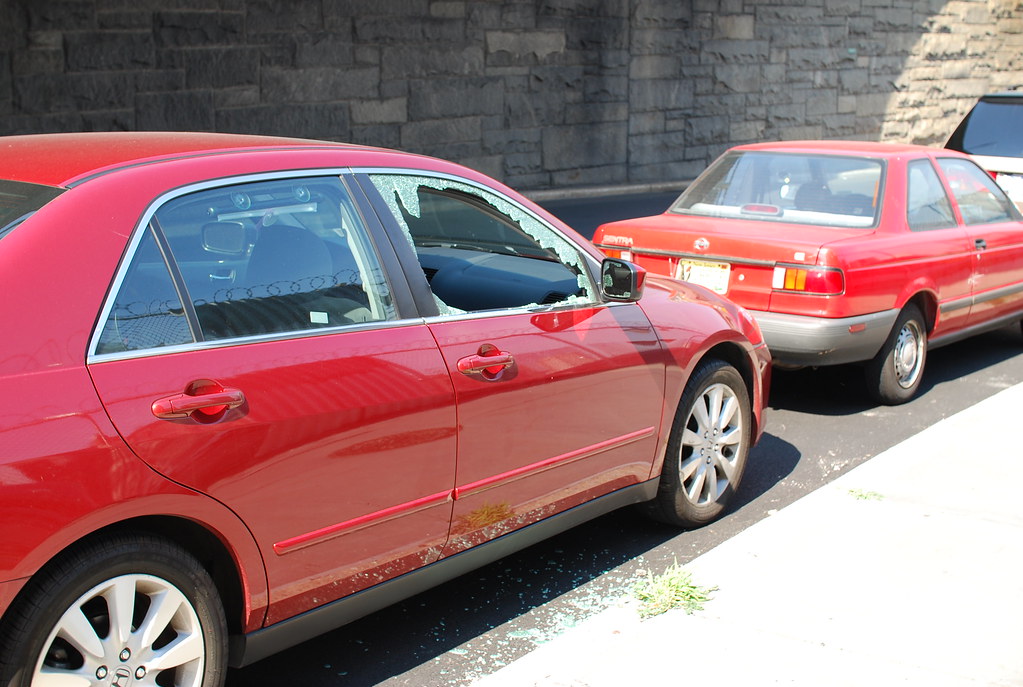
3. **Consider Professional Window Tinting**For those living in California’s perpetually sunny and hot climate, professional window tinting represents one of the most effective long-term solutions for interior protection. Modern window films have evolved significantly, offering far more than just aesthetic darkening; they are incredibly advanced, doing much more than simply reducing light transmission.
High-quality tint can act as a robust shield, blocking an impressive “up to 99% of harmful UV rays” and rejecting “a significant amount of solar heat,” potentially reducing solar heat gain by up to 60%. This dual action keeps your interior materials, such as the dashboard, seats, and trim, from fading or cracking, while also maintaining a significantly cooler cabin temperature, enhancing comfort for all occupants.
When exploring options, consider carbon tint, which offers reliable heat rejection and maintains its color over time, unlike older dyed films that can fade. For the premium choice, ceramic tint stands out. Ceramic films are specifically engineered to block infrared radiation, the primary source of heat. This means you can achieve superior heat rejection without needing an extremely dark tint, preserving excellent visibility while keeping your car remarkably cooler. It is crucial to remember that “Every state has different laws regarding tint darkness (VLT – Visible Light Transmission),” so always check California’s local regulations to ensure compliance before installation, which typically allows tinting on rear and back windows, with limited use on front side windows.
Read more about: Mastering the Car Trade-In: An Expert’s Guide to Negotiating a Better Price for Savvy Buyers

4. **Use Side and Rear Window Shades**While the windshield is often considered the primary culprit for heat intrusion, it is essential not to overlook the other windows of your vehicle. Sun streaming through side and rear windows can inflict considerable damage on your door panels, seats, and any items or passengers in the back. Simple static cling or mesh window shades offer an inexpensive yet highly effective method to provide this crucial extra layer of protection.
These shades act as a barrier, preventing direct UV rays from reaching your interior surfaces, thereby safeguarding upholstery from fading and plastic components from becoming brittle or discolored. They are particularly beneficial for vehicles where children or pets frequently ride in the rear, offering them protection from direct sunlight exposure during journeys. The ease of installation and removal makes them a practical accessory for daily use.
Rear window sunshades, in particular, are vital, especially for vehicles like hatchbacks and sedans where the rear windshield is often large and steeply angled, allowing a significant amount of sunlight to bake the back seats and deck area. When combined with a front car sunlight shield, these rear shades offer comprehensive, all-around defense for your car’s interior, balancing the interior temperature and providing a more uniformly protected environment against the sun’s relentless assault.
Read more about: Unlock a Smoother Ride: The Ultimate Guide to Essential Car Accessories Under $50 That Revolutionize Your Drive
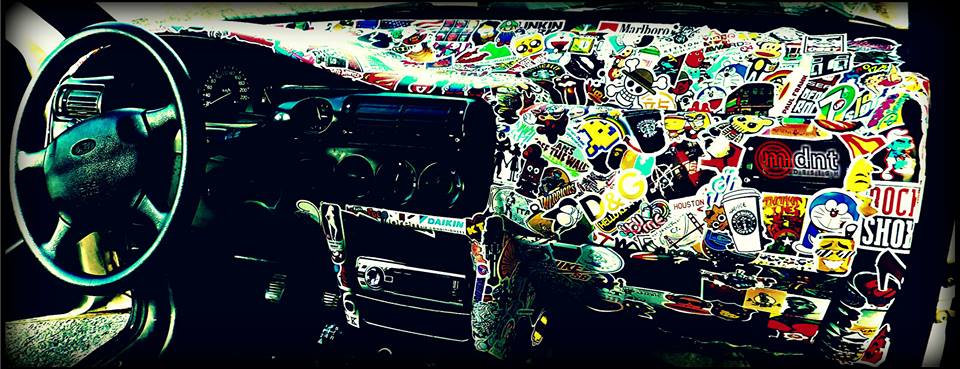
5. **Apply a Dashboard Cover or Protectant**Your dashboard endures the most direct and prolonged assault from the sun’s rays, making its protection absolutely critical for preserving your car’s interior aesthetics and structural integrity. The relentless exposure can lead to severe fading, discoloration, and the dreaded cracking that plagues many vehicles in sunny climates. Addressing this vulnerability is a cornerstone of effective sun damage prevention.
One straightforward method is to utilize physical dashboard covers. These are typically made from carpet or fabric and provide a simple yet highly effective way to completely block UV rays from reaching the dashboard surface. An added benefit of these covers is their ability to significantly reduce glare, which can enhance driving comfort and safety, especially during bright, sunny conditions.
Alternatively, or in conjunction with a cover, you can use UV protectant sprays or wipes. These products function much like sunscreen for your car’s interior, containing powerful UV blockers and conditioners specifically designed to nourish vinyl and plastic materials. Regular application helps restore a rich, satin finish—while advising to “avoid the greasy, shiny ones”—and crucially prevents the material from drying out and cracking. Consistent use of a quality protectant is a cornerstone of any comprehensive plan to prevent sun damage in a car interior.
Read more about: 10 Essential Strategies: Keeping Your Off-Road Truck’s Interior Spotless After Every Adventure
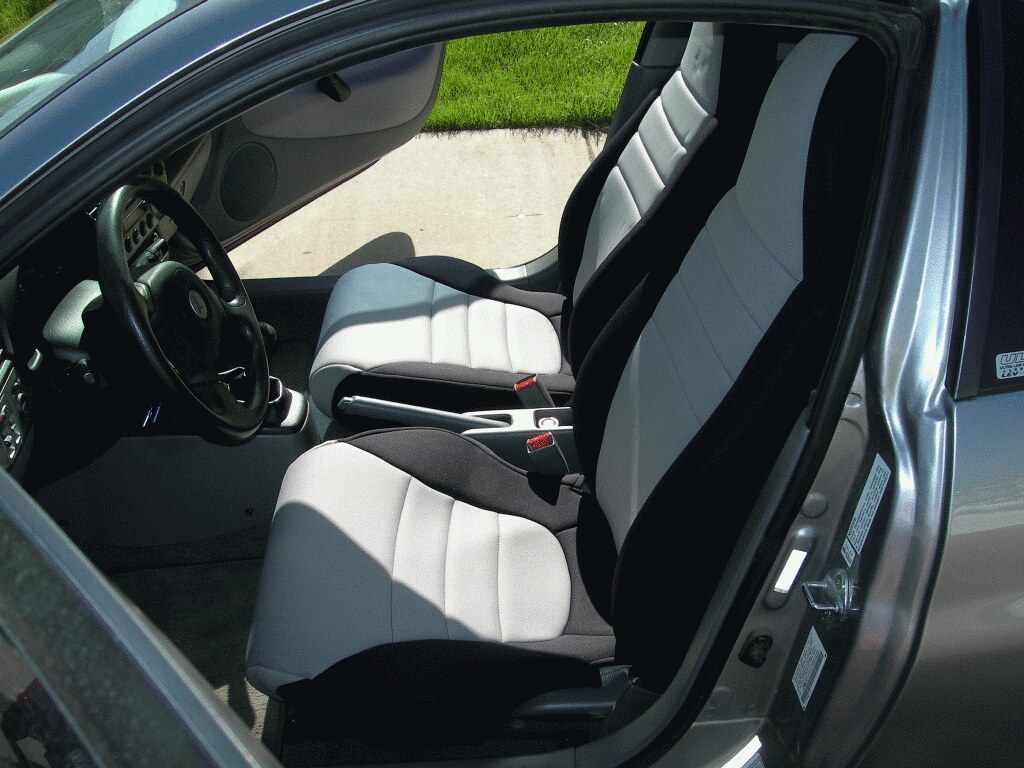
6. **Use Seat Covers**Seat covers are an exceptionally practical and dual-purpose solution for protecting your car’s interior from the harsh effects of sun and heat. They serve as a vital physical barrier against the sun’s damaging UV rays, effectively shielding your original fabric or leather upholstery from premature fading, discoloration, and material degradation. This protective layer is crucial for maintaining the aesthetic appeal and integrity of your car’s seating surfaces over time.
Beyond their protective capabilities, seat covers significantly enhance comfort, especially during the sweltering California summers. Leather seats, in particular, can become scorching hot under direct sunlight, making them unbearable to touch or sit on. By installing seat covers, you create a buffer between your skin and the searing surface. Opting for light-colored canvas or breathable mesh covers is especially effective, as these materials reflect more sunlight and absorb less heat compared to dark leather or fabric, resulting in surfaces that stay much cooler to the touch.
These covers not only provide immediate relief from intense heat but also play a critical role in preserving the original material from direct sun damage. They are an investment in both your immediate comfort and the long-term value of your vehicle, allowing you to enjoy a cooler, more pristine interior, even after prolonged exposure to the sun. Seat covers offer an accessible and versatile way to safeguard one of the most frequently used and visible components of your car’s cabin.
Read more about: Remember Them? 7 Early Hybrids Who Absolutely Proved It as Efficiency Leaders
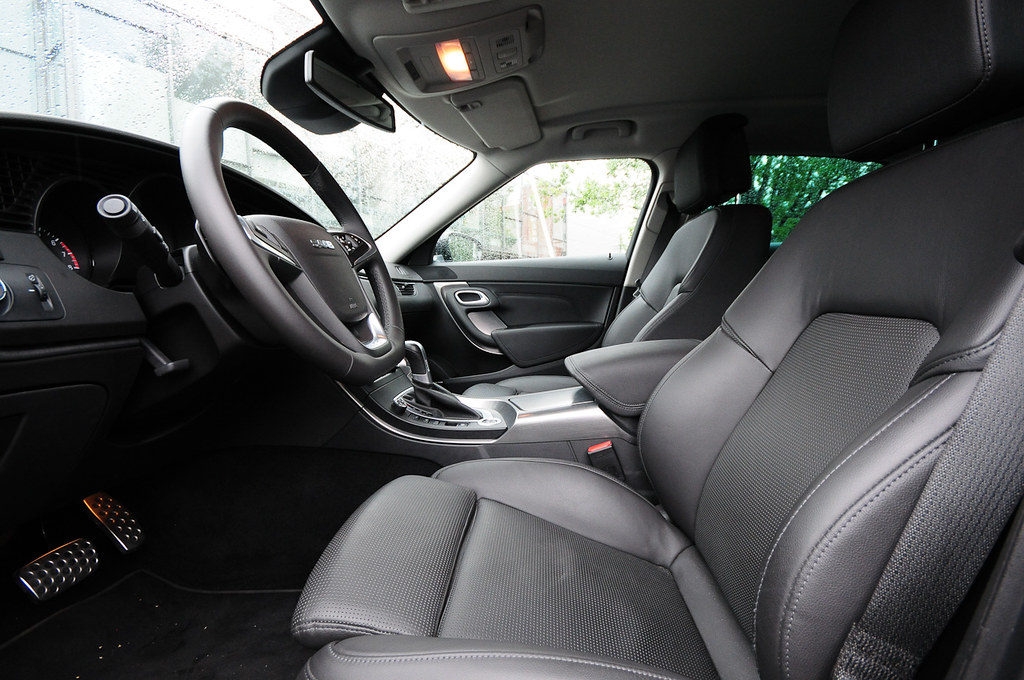
7. **Condition Your Leather Seats and Interior Materials Regularly**Just like human skin, your car’s interior, especially leather and vinyl components, requires consistent hydration and protection to remain supple and prevent damage. Leather is a natural material that inherently contains oils essential for keeping it soft, flexible, and resistant to wear. The intense heat of the sun, however, acts as a relentless adversary, literally baking these vital oils out of the leather. This process leaves the material dry, brittle, and highly prone to unsightly cracking and premature aging.
To effectively combat this degradation, it is imperative to regularly clean and condition your leather seats. During the peak summer months, this maintenance should ideally occur “at least once a month,” or even every 1-2 months, using a high-quality product specifically formulated for leather care. The best conditioners not only replenish lost oils but also contain crucial UV blockers, offering comprehensive leather seat protection against solar radiation.
This routine care extends beyond just leather. Other interior materials like vinyl seats, dashboards, and steering wheels are also highly susceptible to drying and cracking from UV exposure. Therefore, the principle of regular conditioning applies broadly. Using “interior protectants with built-in UV protection for car paint and surfaces” helps to maintain the elasticity and original appearance of these components. This proactive approach significantly extends the life of your interior, ensuring it looks new and retains its value for much longer, preventing the typical wear and tear seen in sun-drenched vehicles.
Now that we’ve established a robust first line of defense with physical barriers and protective treatments, let’s dive into the essential daily habits and smart techniques that further shield your car and cool it down efficiently. These strategies don’t always require a purchase; sometimes, the most effective solutions are the simplest adjustments to your routine. Embracing these practices will ensure a comfortable and protected car interior, even when the California sun is at its most intense.
Read more about: 10 Essential Strategies: Keeping Your Off-Road Truck’s Interior Spotless After Every Adventure
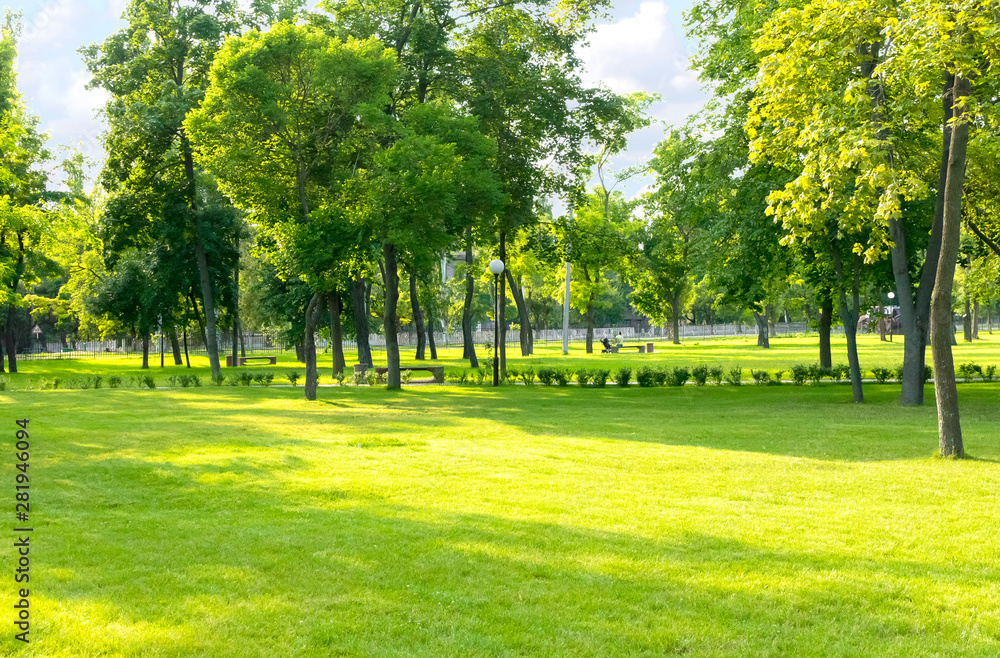
8. **Park Smart – The Power of Shade**This is perhaps the most obvious, yet frequently overlooked, piece of advice: whenever possible, park your car in a shaded area. Whether it’s under a covered parking garage, beneath a large, leafy tree, or on the shaded side of a building, leveraging natural or architectural shade is one of the most effective ways to prevent car sun damage. Even if you can only secure partial shade for an afternoon, it offers a significant advantage over full sun exposure.
Parking in the shade directly helps to reduce interior temperatures, sparing your dashboard, steering wheel, and seats from the brunt of intense UV rays. This simple habit also provides crucial protection for your car’s exterior paint job, which is equally vulnerable to fading and oxidation from prolonged sun exposure. Choosing a shaded parking spot whenever possible is a fundamental step in preserving both the aesthetic and structural integrity of your vehicle’s most exposed components.
Long-term exposure to direct sunlight can cause your car’s paint to oxidize, leading to a dull finish, and contributes significantly to the cracking of dashboard materials. While you might need to walk a bit farther across a parking lot to reach that coveted shaded spot, the benefits to your vehicle are undeniably worth the minor inconvenience. Prioritizing shaded parking is a fundamental, free strategy that plays a huge role in the ongoing battle against sun-induced wear and tear.
Read more about: Unlock a Smoother Ride: The Ultimate Guide to Essential Car Accessories Under $50 That Revolutionize Your Drive
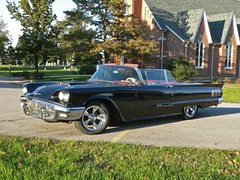
9. **Crack the Windows (Safely)**Allowing hot air to escape from your vehicle is a remarkably simple yet effective way to prevent the interior temperature from skyrocketing. Hot air naturally rises, and by leaving your windows cracked just an inch or so, you create a convection current. This current actively helps the superheated air trapped inside your cabin to escape, reducing the overall heat load within your vehicle even before you step inside.
While this method might not drastically lower the interior temperature to air-conditioned levels, it significantly mitigates the intense heat buildup. This simple ventilation helps alleviate the oppressive feeling of stepping into a blast furnace and reduces the strain on your car’s interior materials, which constantly expand and contract under extreme temperature cycles.
It is crucial to exercise a “Crucial Caveat” with this trick: only implement it in a safe, secure area where you have no concerns about theft. Leaving windows down, even slightly, can present an opportunity for unauthorized access. Additionally, always check the weather forecast for any surprise rain showers that could drench your interior. When used responsibly, this free trick offers a powerful way to make a huge difference in your car’s internal climate.
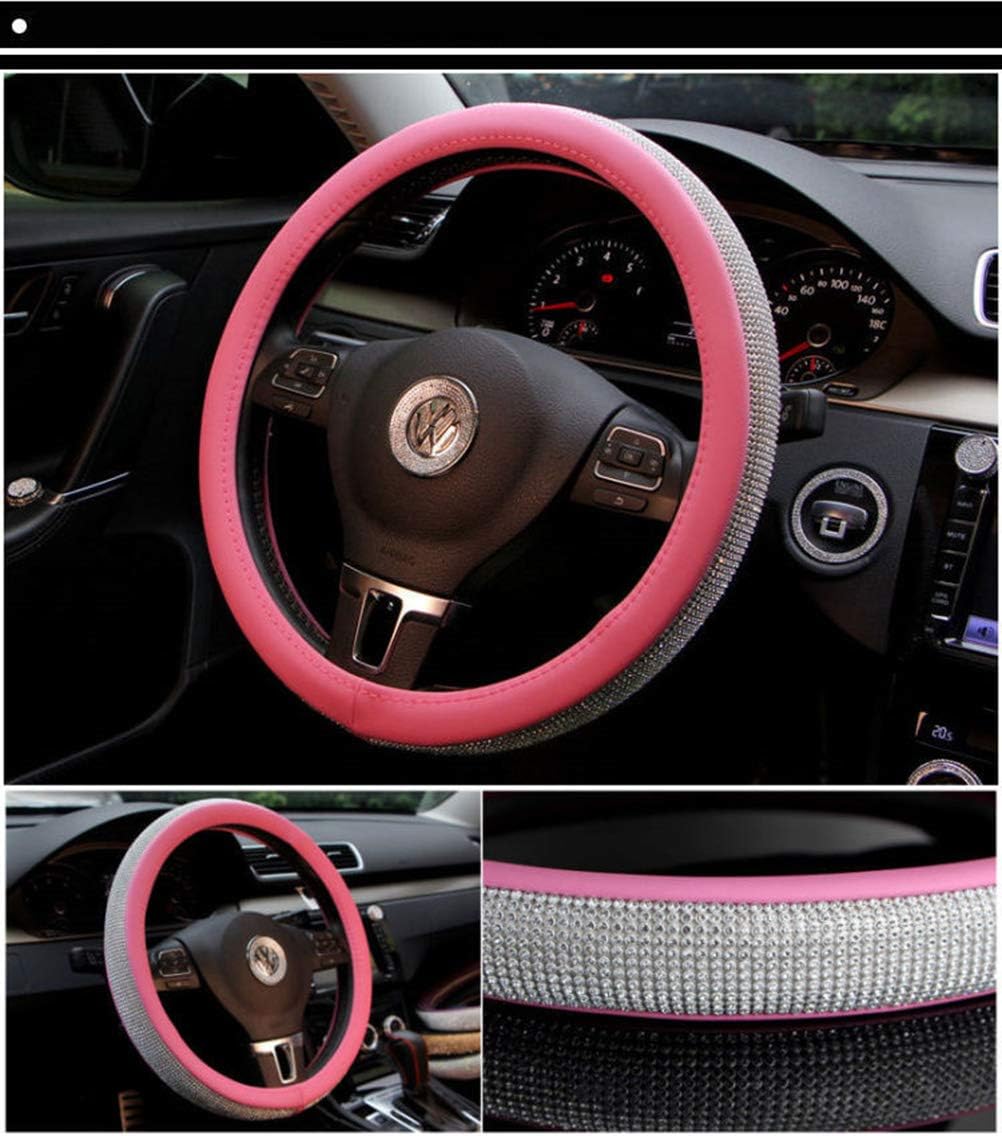
10. **Use a Steering Wheel Cover**The steering wheel is one of the first things you touch when you get into your car, and in direct sunlight, it can become dangerously hot, feeling like a branding iron. A simple solution to this common problem is to use a cloth or light-colored steering wheel cover. This protective layer acts as an insulator, preventing the wheel from absorbing and retaining excessive heat, allowing you to comfortably grip it immediately.
These covers are not just about comfort; they also offer a degree of protection to the steering wheel material itself, shielding it from direct UV exposure that can cause fading, cracking, and premature aging. Opting for a light-colored material for your cover further enhances its ability to reflect sunlight rather than absorb it, ensuring the surface remains cooler to the touch.
Alternatively, a clever, no-cost trick involves simply turning your steering wheel 180 degrees when you park. This ensures that the portion of the wheel you typically grip (the top half) is rotated downwards, placing it in the shade of the dashboard or seats. This prevents direct sun exposure to the contact area, allowing you to drive away without having to wait for the wheel to cool down to a safe and comfortable temperature.
Read more about: Wheels of Fortune: Uncovering 15 Legendary Celebrity-Connected Cars That Revved Past a Million Dollars
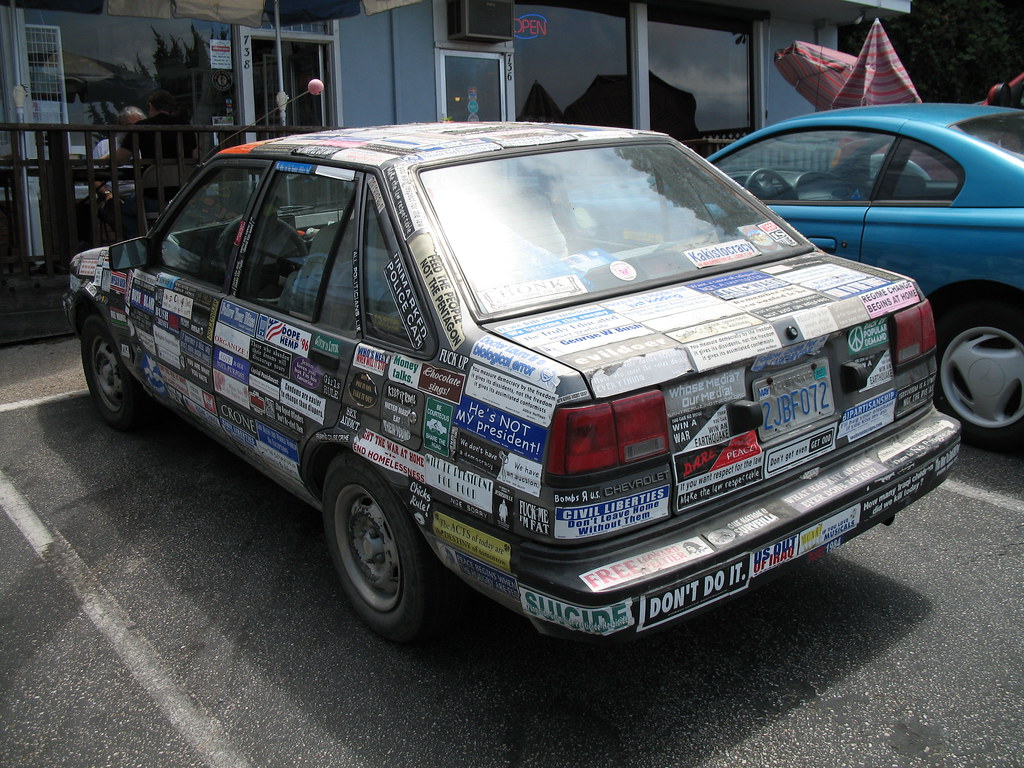
11. **Store Heat-Sensitive Items Out of Sight**In the intense California heat, your car’s interior can quickly transform into an oven, reaching temperatures as high as 120°F on hot days. This extreme environment is not only uncomfortable but can also be incredibly damaging, and even dangerous, for certain items left inside your vehicle. It is imperative to cultivate the habit of never leaving heat-sensitive items in direct sunlight within your car.
This category includes a wide range of everyday objects. Electronics such as smartphones, GPS units, and tablets are particularly vulnerable; their sensitive components are not designed to operate in oven-like conditions, and extreme heat can lead to malfunction or permanent failure. The batteries in these devices can also swell or leak, posing additional risks.
Beyond electronics, other items present immediate hazards. Aerosol cans, for instance, can explode when exposed to high temperatures, turning an innocent everyday product into a dangerous projectile. Even plastic water bottles can pose a subtle risk: the heat can cause chemicals from the plastic to leach into the water, and in rare, extreme cases, the bottle’s convex shape can focus sunlight, potentially acting as a lens and starting a fire within the cabin. Always take heat-sensitive items with you or store them safely out of direct sun.
Embrace these practices, from parking in the shade to using your AC wisely, and you’ll preserve your vehicle’s value and ensure its interior remains a pleasant, functional space for countless sunny drives ahead. A well-protected car is a testament to mindful ownership, allowing you to enjoy the open road with peace of mind, knowing your vehicle is prepared for anything the California climate can throw its way.


